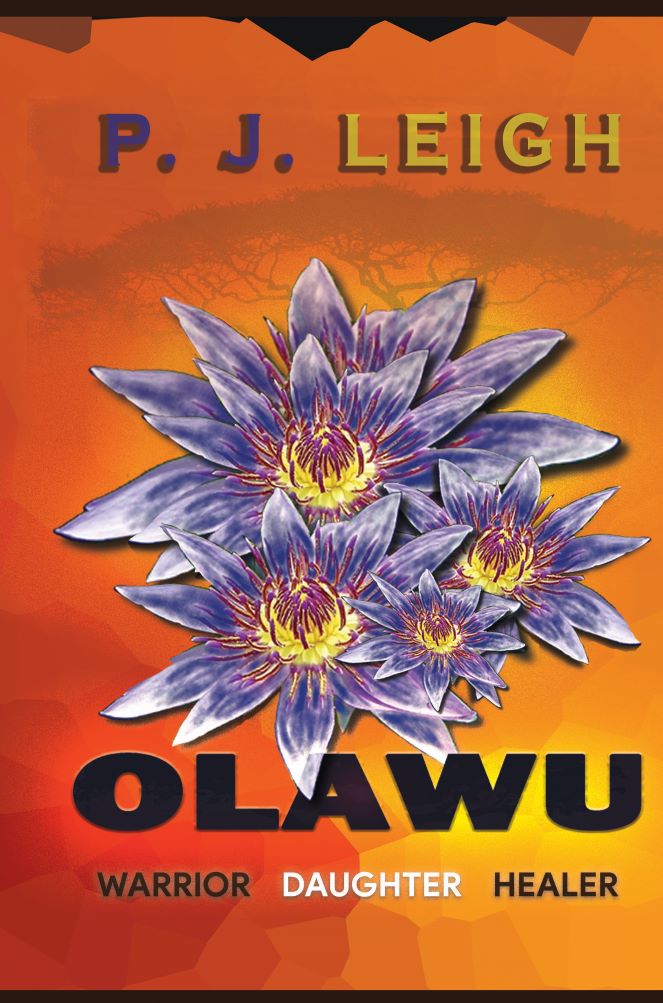
The Historical and Literary Inspiration Behind Olawu
Recently, I spoke to a friend about the histories that inspired my debut novel, Olawu. I shared with her some of the many stories surrounding this little known part of the world, including its German colonization, which was very short-lived, and the hard road forward for modern, independent Tanzania. I gleaned inspiration from many sources to construct Olawu, but it is a made up story, not a retelling.
As such, I did a ton of reading both on and offline, searching for tidbits and insight on the culture and customs of the time period, and had this been a research paper, I would have written down all of my sources on carefully labeled index cards. In hindsight, I probably should have. What I can do is share all the sources I have on record and reference them here for your enrichment.
But first, I want to share a little bit about the historical figures and groups that inspired this story.
Mirambo
From about 1840-1880, a warlord named Mirambo did something remarkable in the region. He united several independent tribes to create an empire that covered a significant portion of the western parts of Tanzania, and it is his story that inspired my version of the Dikebe tribe in Olawu.
The Dahomey Amazons
The Dahomey Amazons were my inspiration for the Oloko warriors in Olawu’s story, particularly her inner circle (Fayola, Kioli, Bolanle). The Dahomey Amazons were a group of fierce women warriors who protected the king in the kingdom of Dahomey, and though their origins are West African, I found their story inspiring nonetheless.
The Maasai
One of the most recognizable tribes in East Africa, the Maasai are a herding group, and it was my curiosity of their customs and culture which initially piqued my interest in this region. Their unique customs and way of life inspired me to learn more, and I used that knowledge to pen the short story “Take Me Away,” a portal fantasy about a woman who is transported to Tanzania through a jar of spice. Much of the imagery of Olawu’s village in Kanakam, as well as the Oloko villages, is inspired by my studies of the Maasai and their customs, clothing, homes, and practices.
References
Whether they were fictional stories set in Africa or factual accounts, these books, movies, and articles helped shape my knowledge of the region and the diversity of its cultures and people. This list is not exhaustive, but if you’d like to learn more about the Bantu peoples and the diversity of the countries of Africa, these are a good starting point.
Books
Nonfiction
- Spotlight on Africa, A. R. Schaffer
- Tanzania, Patricia McCulla
- Charles Mulli: We are Family, Janet Berge
- The Girl Who Buried Her Dreams In A Can, Tererai Trent
Fiction
- A Girl Called Problem, Katy Quirk
- Children of Blood and Bone/Children of Virtue and Vengeance, Tomi Adeyemi
- War Girls, Tochi Onyebuchi
- My Rows & Piles of Coins, Tololwa Mollel
- We All Went on Safari, Laurie Krebs
- Old Mikamba Had A Farm, Rachel Isadora
- Lala Salama: A Tanzanian Lullaby, Patricia MacLachlan
Movies
- The Boy Who Harnessed the Wind
- Queen of Katwe
- The Woman King
- Black Panther
Articles
- Tanzania
- Mirambo
- Britannica.com/biography/mirambo
- Maasai
- Dahomey Amazons

